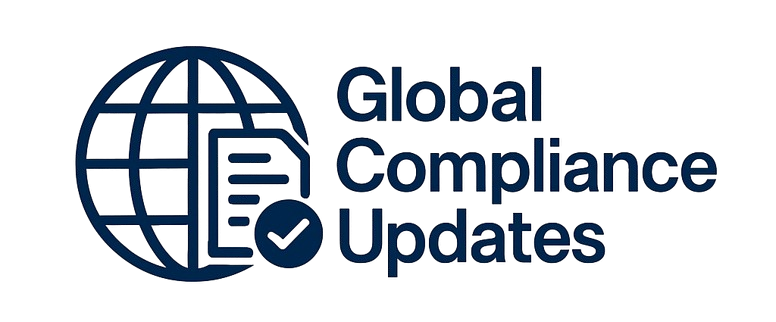EBITDA is a popular measure of cash flow, but it is not accurate, and bankers and investors who rely on it as a reliable indicator of repayment ability will be deeply disappointed. This session will explain why EBITDA does not measure cash flow and what more accurate measures are available. The session also includes several examples and a case study to illustrate why EBITDA is flawed and how to apply better cash flow tools.
WHY SHOULD YOU ATTEND?
Reliance on EBITDA (Earnings before Interest, Taxes, Depreciation, and Amortization) as a measure of cash flow is misplaced because it presumes that borrowers will pay lenders before paying their taxes, expanding their working capital assets, and fixed assets to support sales growth, among other things. Bankers and investors who rely on it as a reliable indicator of repayment ability will overestimate available cash flow and underestimate the risk of default.
This session will explain why EBITDA does not measure cash flow and what more accurate measures are available.
AREA COVERED
- Definition of EBITDA
- Origins of E
- BITDA—its relationship to traditional cash flow (TCF)
- Problems with EBITDA
- Alternatives to EBITDA—Operating Cash Flow and Free Cash Flow
LEARNING OBJECTIVES
- Define and explain why EBITDA is used and why it is so popular
- Explain EBITDA’s shortcomings as an accurate, reliable measure of cash flow
- Offer more accurate debt repayment measures of cash flow, including how to convert EBITDA into free cash flow for measuring debt repayment ability
- Demonstrate differences between EBITDA and free cash flow in case studies
WHO WILL BENEFIT?
- Credit Analysts
- Credit Managers
- Loan review officers
- Work-out officers
- Commercial lenders
- Credit Risk Managers
- Chief Credit Officers
- Senior Lenders
- Senior Lending Officer
- Bank Director
- Chief Executive Officer
- President
- Board Chairman
Reliance on EBITDA (Earnings before Interest, Taxes, Depreciation, and Amortization) as a measure of cash flow is misplaced because it presumes that borrowers will pay lenders before paying their taxes, expanding their working capital assets, and fixed assets to support sales growth, among other things. Bankers and investors who rely on it as a reliable indicator of repayment ability will overestimate available cash flow and underestimate the risk of default.
This session will explain why EBITDA does not measure cash flow and what more accurate measures are available.
- Definition of EBITDA
- Origins of E
- BITDA—its relationship to traditional cash flow (TCF)
- Problems with EBITDA
- Alternatives to EBITDA—Operating Cash Flow and Free Cash Flow
- Define and explain why EBITDA is used and why it is so popular
- Explain EBITDA’s shortcomings as an accurate, reliable measure of cash flow
- Offer more accurate debt repayment measures of cash flow, including how to convert EBITDA into free cash flow for measuring debt repayment ability
- Demonstrate differences between EBITDA and free cash flow in case studies
- Credit Analysts
- Credit Managers
- Loan review officers
- Work-out officers
- Commercial lenders
- Credit Risk Managers
- Chief Credit Officers
- Senior Lenders
- Senior Lending Officer
- Bank Director
- Chief Executive Officer
- President
- Board Chairman
Speaker Profile
 Dev Strischek
Dev Strischek
A frequent speaker, instructor, advisor and writer on credit risk and commercial banking topics and issues, Martin J. "Dev" Strischek principal of Devon Risk Advisory Group based near Atlanta, Georgia. Dev advises, trains, and develops for financial organizations risk management solutions and recommendations on a range of issues and topics, e.g., credit risk management, credit culture, credit policy, credit and lending training, etc. Dev is also a member of the Financial Accounting Standards Board’s (FASB’s) Private Company Council (PCC). PCC’s purpose is to evaluate and recommend to FASB revisions to current and proposed generally accepted accounting principles (GAAP) that are …
Upcoming Webinars

ChatGPT and Project Management: Leveraging AI for Project M…

Workplace Investigations 101: How to Conduct your Investiga…

Project Management for administrative professionals

The Monte Carlo Simulations in Excel for Risky Investments

Onboarding is NOT Orientation - How to Improve the New Empl…

Dealing With Difficult People: At Work & In Life

Transform Data into Insights: A Beginners Guide to Excel Pi…

Construction Lending And Real Credit Administration: Evalua…

Understanding Accounting for non - Accounting professionals

Harassment, Bullying, Gossip, Confrontational and Disruptiv…

New Form 1099 Reporting Requirements: 2025 Compliance Update

Human Error Reduction Techniques for Floor Supervisors

HR Metrics and Analytics 2025 - Update on Strategic Plannin…

Treating Employees Like Adults: Discipline versus Empowerme…

7 Ways To Beat Burnout: Without Quitting Your Job


How to Write Procedures to Avoid Human Errors

Handbook Overhaul 2026: Compliance, OBBB Act & Beyond

FDA Proposes Framework to Advance Credibility of AI Models

Ethical Terminations: Navigating Employee Exits with Legal …

Understanding EBITDA – Definition, Formula & Calculation

Project Management for Non-Project Managers - Scheduling yo…

4-Hour Virtual Seminar on Hidden Secrets of Selling & Marke…

Validation Statistics for Non-Statisticians

Data Integrity and Privacy: Compliance with 21 CFR Part 11,…


The Alphabet Soup: When the FMLA, ADA, COBRA, and Workers' …

Talent Management: How to Leverage AI and ChatGPT Tools for…


Offboarding with Care: Conducting Legal & Ethical Employee …

2-Hour Virtual Seminar on How to Conduct an Internal Harass…

Payments Fraud Detect & Prevent Check, ACH and P-Card Schem…

Managing Toxic & Other Employees Who have Attitude Issues



Reduce Stress in the Workplace: Effective Ways to Handle Co…





Excel - Pivot Tables - The Key To Modern Data Analysis and …
